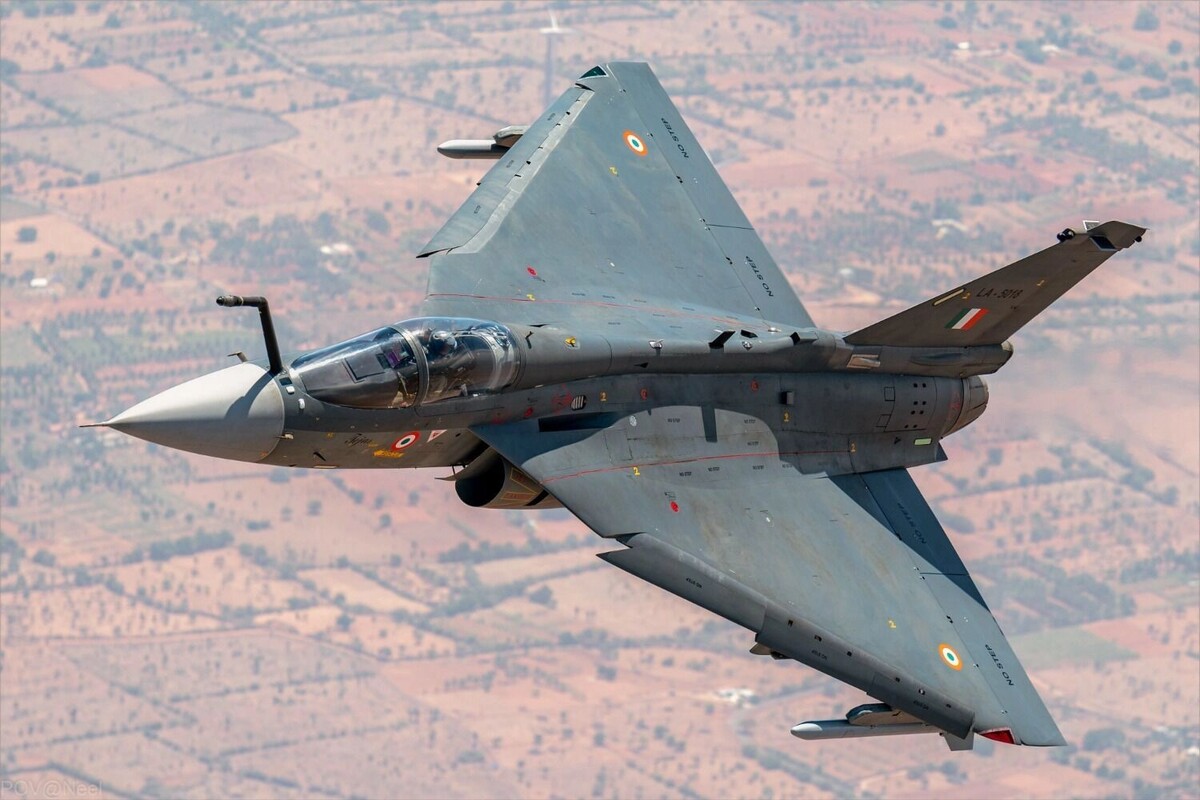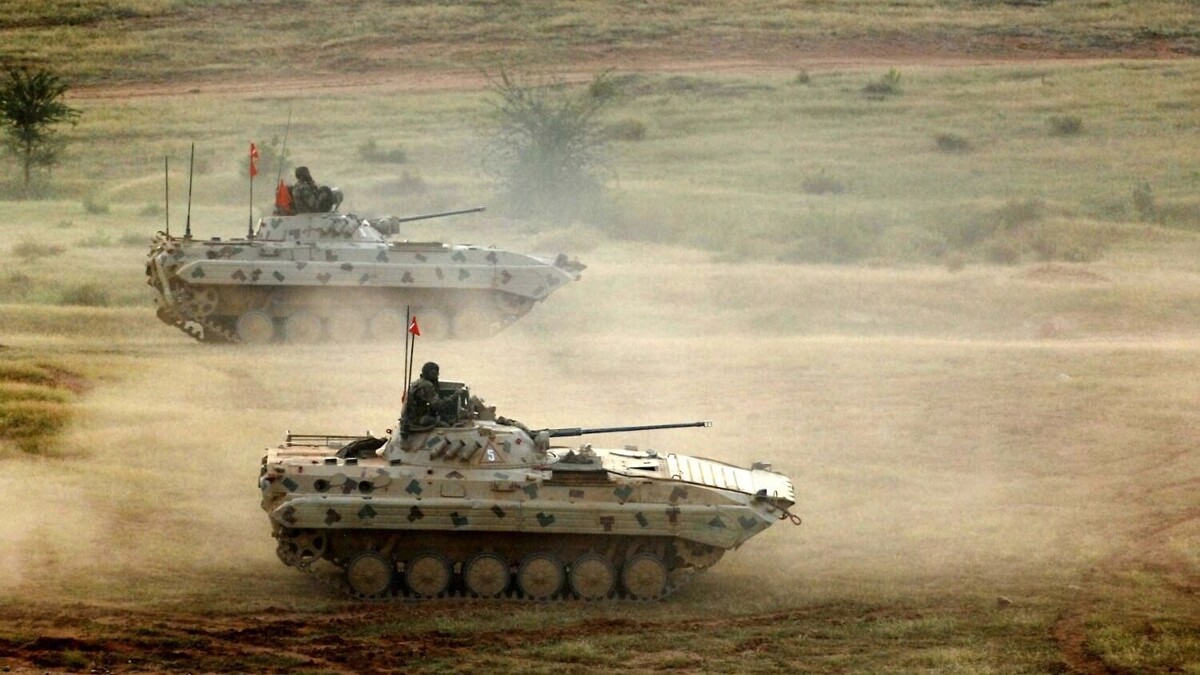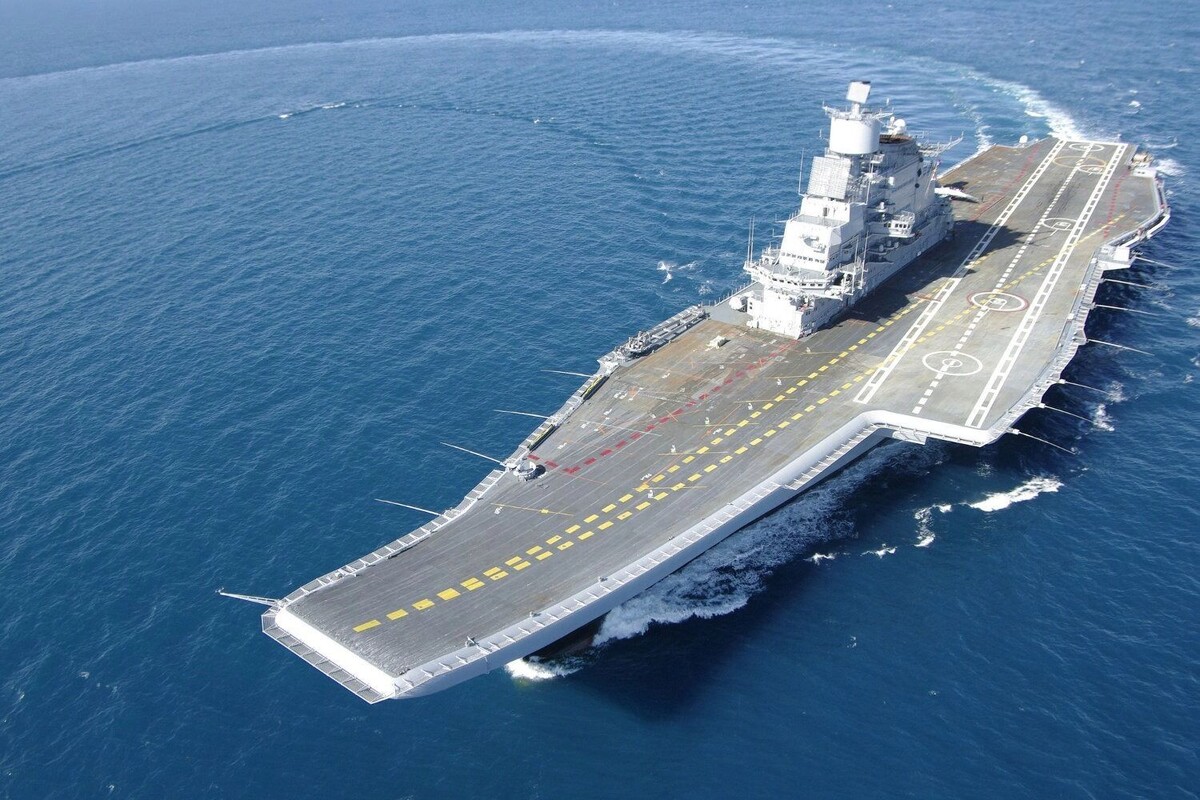After the recent terrorist attack in Jammu and Kashmir, the world community has been thinking about the risk of an unresolved territorial dispute between two nuclear powers turning into a major war. What are the armies of the two countries today and on which side could the military advantage lie?
After the recent terrorist attack in Jammu and Kashmir, in which 26 people were killed, the world community has been thinking about the risk of the unresolved territorial dispute between India and Pakistan turning into a major war.
Meanwhile, Indian authorities have already taken a number of steps in response to the terrorist attack. So far, diplomatic ones. Among them:
Expulsion of Pakistani military attaches;
suspension of the Indus Waters Treaty;
immediate closure of the Attari land transit point due to ‘cross-border links’ to the Pahalgam terror attack;
Indian authorities have also asked Pakistani nationals who entered through Attari to leave the country by 1 May;
banning Pakistani nationals from entering under the South Asian Association for Regional Cooperation (SAARC) visa waiver scheme;
Suspension of issuance of visas to nationals of the neighboring country. Existing visas will be cancelled from April 27.
For his part, Pakistani Defense Minister Khawaja Asif said the world community should be wary of an escalation of conflict between his country and India.
What is the state of the armies of the two countries today and on which side can the military advantage lie?
India today ranks fourth in military strength among 145 countries, while Pakistan ranks 12th.
India's power index is 0.1184, while Pakistan's is 0.2513.
Comparison of the military power of India and Pakistan
1. Human resources
Here India has a clear advantage with a population of 1.4 billion compared to 252 million in Pakistan. The available labor force in India is about 662 million compared to 108 million in Pakistan.
Also, more people in India are considered fit to serve in the military: about 522 million compared to about 85 million in Pakistan. India has 1.45 million active military personnel, compared to 654,000 in Pakistan. As for reservists, India has about 1.1 million while Pakistan has about 550,000.
India also has 2.52 million paramilitary personnel, which is much higher than Pakistan with its 500 thousand.
Every year, more and more young men in India are reaching the age to join the army. Nearly 24 million people reach this age each year in India, compared to about 4.8 million in Pakistan.
2. Air Power
The superiority in air power remains with India. This country ranks fourth in the world with 2,229 aircraft in service, much more than Pakistan's 1,399.

India operates 513 fighter jets, while Pakistan operates 328. The Indian Air Force also has 130 special attack aircraft and 899 helicopters (of which 80 are attack aircraft).
Pakistan's numbers are somewhat more modest, with 90 attack aircraft, 373 helicopters and 57 attack helicopters.
However, Pakistan has more trainer aircraft (565 versus 351). India has slightly more air tankers (six versus four) and both countries have attack helicopters, although India has slightly more (80 versus 57).
3. Land forces
Looking at land power, India has more tanks and armored vehicles than Pakistan - 4,201 versus 2,627, respectively. Also, the Indian Army has much more armored vehicles at its disposal (148,594) compared to Pakistan (17,516).

However, Pakistan's 662 self-propelled artillery outnumbers India's (100), indicating some parity. India's 264 mobile missile systems are a smaller number compared to Pakistan's 600 units, indicating the latter's emphasis on mobile artillery.
Meanwhile, India has more towed artillery pieces (3,975) than Pakistan (2,629).
4. Naval Forces
In the naval domain, dominance is, again, on India's side. Its navy has 293 ships as against Pakistan's 121. Also India has two aircraft carriers while Pakistan has none.

The Indian Navy has 18 submarines (Pakistan has eight) and 13 destroyers. Pakistan's navy does not have the latter.
The Indian Navy also has a total of 14 frigates, 18 corvettes and 135 patrol vessels, which far surpasses its Pakistani counterparts both in terms of numbers and technology. This naval power ensures sustained maritime dominance and an expanded sphere of influence in the Indian Ocean.
True, Pakistan has a few mine defense ships (three), while India has none.
5. Logistics
Looking at how the two countries handle the transport of goods, there are some significant differences.
For example, India has many more airports (311) compared to Pakistan (116). India also has 56 major ports and trade terminals, while Pakistan has only three. This significantly limits its naval supply chain capabilities.
India also has far more ships (merchant fleet) - 1,859 versus Pakistan's 60.
Moreover, India has a much more developed road network: 6.37 million km of roads compared to Pakistan's 264,000 km, which enables efficient mobilization of troops and cargo. This infrastructural capability gives India a decisive advantage in sustaining long-term military operations.
6. Financial dominance
If we look at how each country's defense budget is made up, India spends much more than Pakistan. The defense budget of this country is $75 billion dollars. The Pakistani authorities spend much less - around $7.64bn.
India has $627 billion in foreign reserves, while Pakistan has only $13.7 billion.

7. Geography
Although India is a much larger country than Pakistan, the latter has some geographical advantage due to its shorter inland supply lines and strategically important points in the region (Arabian Sea coastline and proximity to Afghanistan).
However, India's overall size and its coastline of seven thousand kilometers compared to Pakistan's 1,046 kilometers give it greater geopolitical influence and access to global trade routes.
Today, experts differ in their assessment of the likelihood of a sharp escalation of the conflict between the two countries.
At the end, I want to ask you, which one of these countries do you think will win?


















